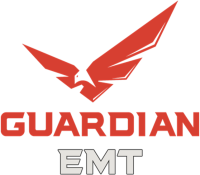Preparing for the National Registry EMT Exam can feel overwhelming, but with the right strategies and resources, you can build confidence and excel. This blog post offers comprehensive EMT study tips to help you study effectively, master the material, and perform at your best on exam day.
Before diving into your studies, it’s crucial to understand the structure of the National Registry EMT (NREMT) exam. The NREMT exam consists of two parts:
Familiarizing yourself with these components will help you focus your preparation on the areas that matter most.
Effective preparation begins with a well-organized study schedule. Break your study time into manageable chunks, focusing on one topic at a time.
EMT Study Tips for Scheduling:
A consistent schedule ensures you cover all the necessary material without last-minute cramming.
Choosing the right study materials is essential for success. Here are some resources to consider:
Guardian EMT students benefit from access to a range of study materials, including mock exams, scenario-based training, and instructor-led review sessions.
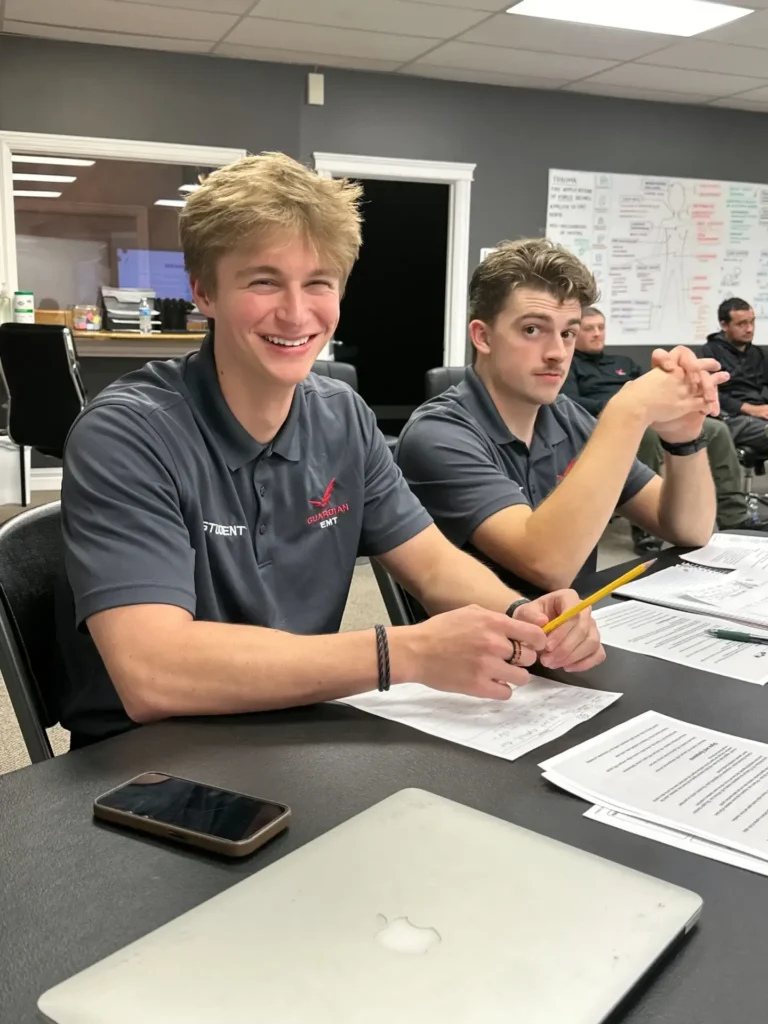

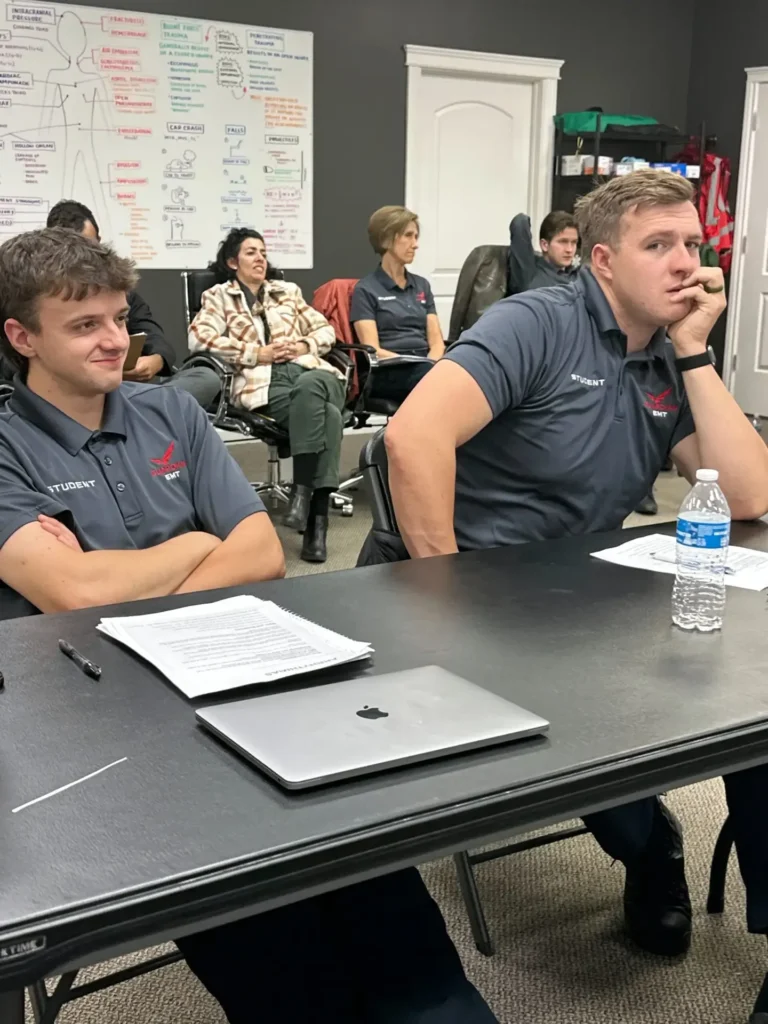
Not all exam topics carry equal weight. Prioritize high-yield subjects to maximize your score.
Key Areas to Focus On:
Understanding the NREMT exam blueprint can help you identify these high-priority areas.
The NREMT cognitive exam’s adaptive nature requires strategic thinking. Here are some tips:
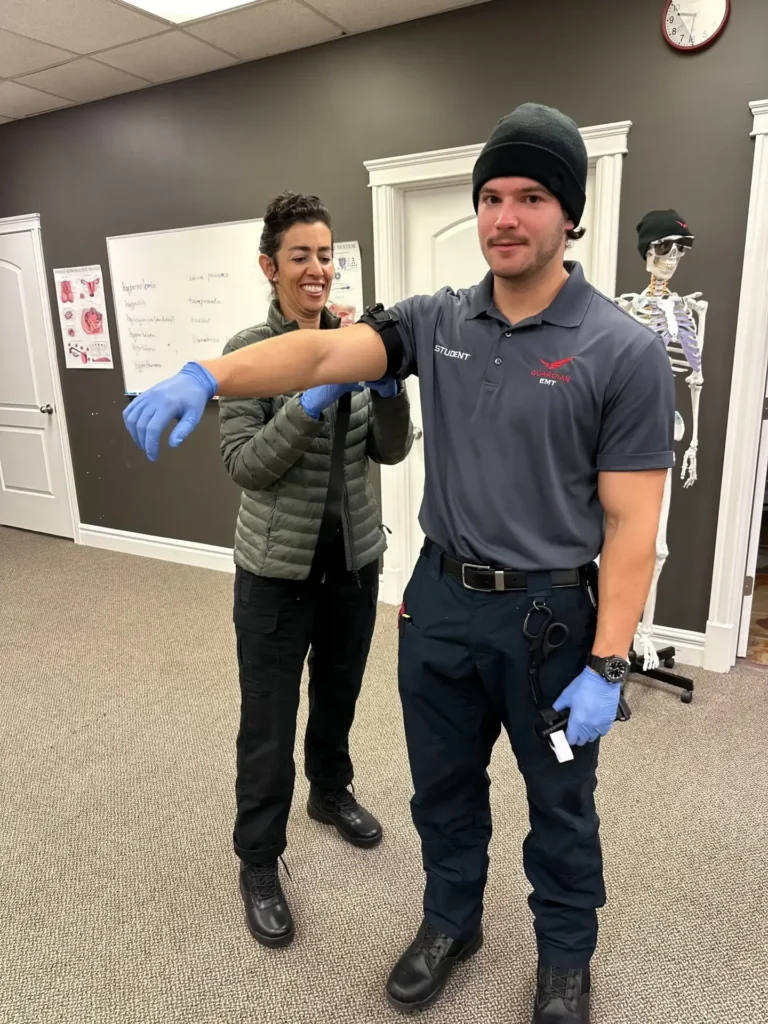
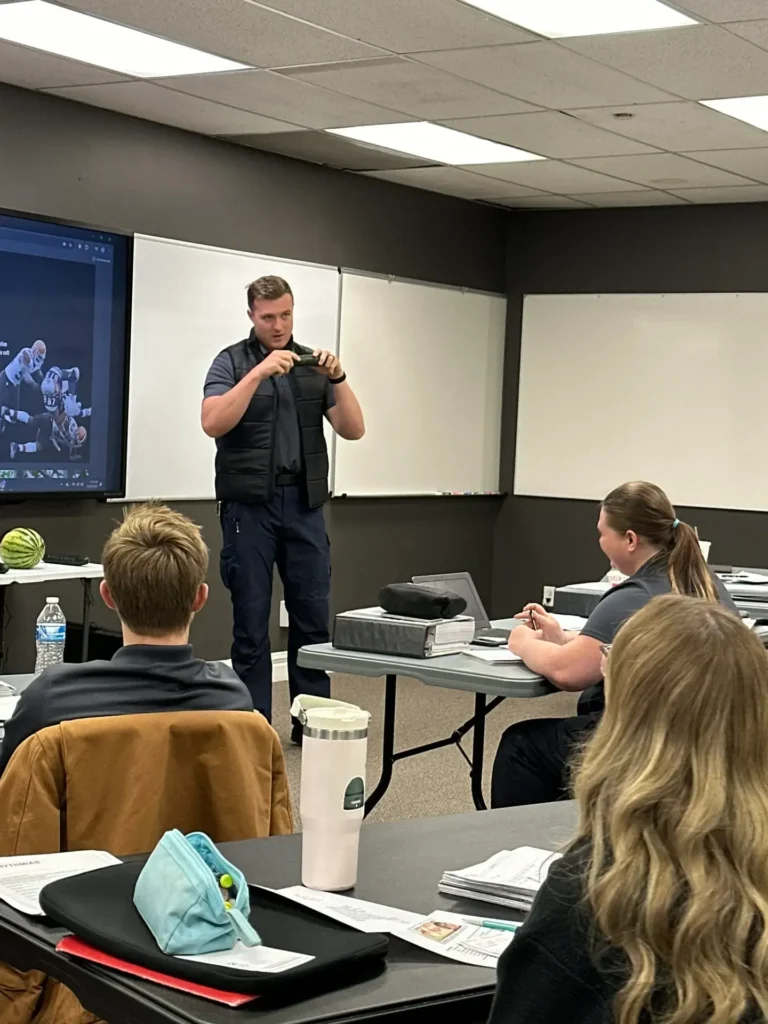
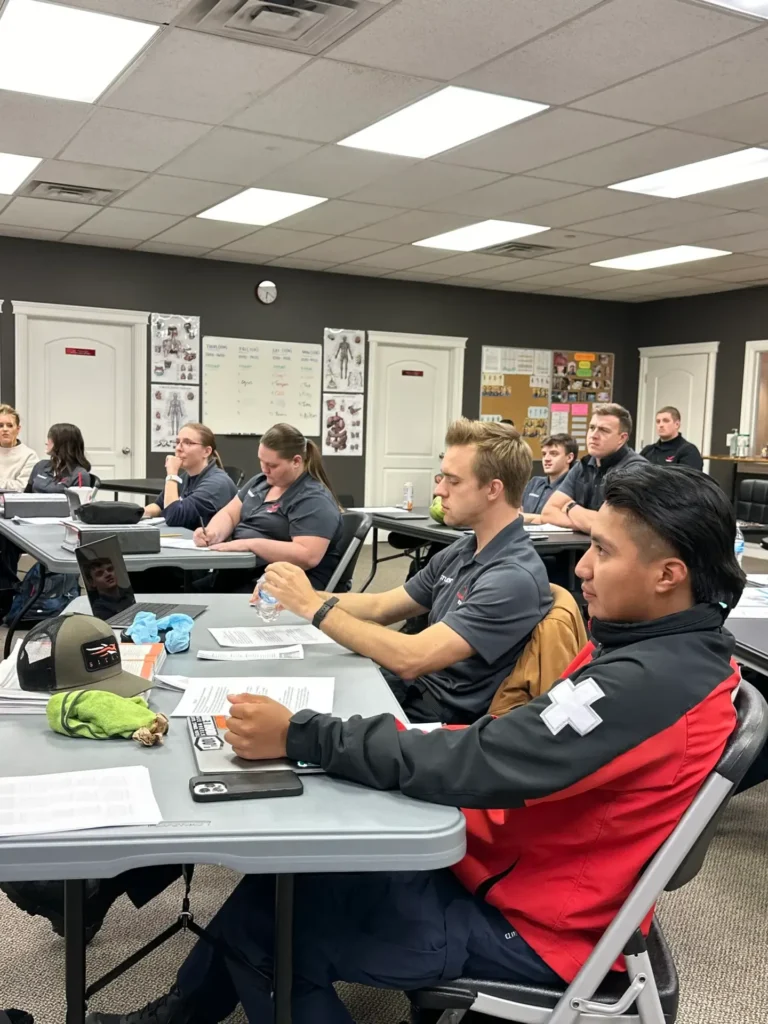
The psychomotor exam assesses your ability to perform EMT tasks in simulated scenarios. Practice is crucial to ensure you’re confident with these skills.
EMT Study Tips: Key Skills to Practice:
Guardian EMT emphasizes hands-on training, with daily scenarios designed to prepare students for real-world challenges and the psychomotor exam.
Scenario-based training is one of the most effective ways to prepare for both the cognitive and psychomotor components of the NREMT exam. By simulating real-world emergencies, you’ll improve critical thinking, decision-making, and teamwork skills.
Guardian EMT provides daily 911 call simulations, giving students the opportunity to apply classroom knowledge in realistic settings. This approach not only prepares students for the exam but also equips them for their future roles as EMTs.
Preparing for the NREMT exam requires more than just studying—it’s important to take care of yourself.
EMT Study Tips for Self-Care:
Finally, ensure you’re fully prepared on exam day:
Acing the National Registry EMT Exam is a significant milestone on your journey to becoming a certified EMT. By following these EMT study tips—understanding the exam structure, creating a study schedule, focusing on high-yield topics, and practicing hands-on skills—you’ll be well-prepared to succeed.
At Guardian EMT, we’re committed to helping our students excel through comprehensive training, hands-on scenarios, and expert guidance. If you’re ready to start your journey or advance your skills, explore our EMT classes in Utah or Advanced EMT training in Utah today.
With the right preparation and mindset, you can achieve your goal of becoming a certified EMT and making a difference in your community. Start now!
